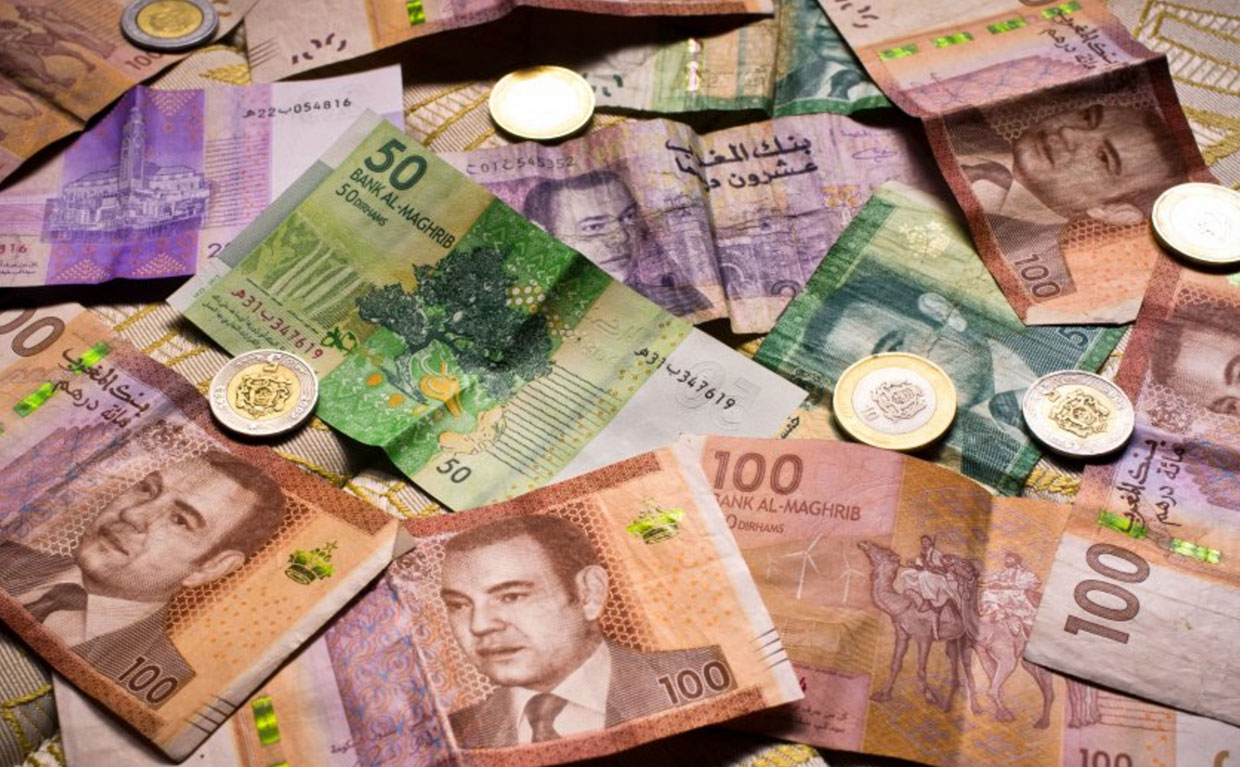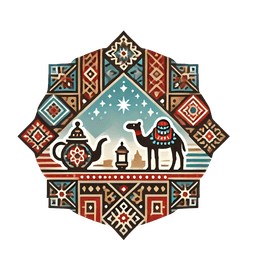- Published on
Unveiling the Moroccan Dirham Currency and Economy Insights
- Authors

- Name
- Adil ABBADI
Introduction
The Moroccan Dirham, abbreviated as MAD, is the official currency of Morocco, a country known for its rich cultural heritage, vibrant markets, and stunning architecture. As a crucial part of Moroccan identity, the Dirham plays a significant role in the country's economy and daily life. In this article, we'll delve into the history, cultural significance, and modern-day implications of the Moroccan Dirham, providing valuable insights for travelers, economists, and cultural enthusiasts alike.

- Historical Context
- Cultural Significance
- Modern Economy
- Currency Regulations
- Challenges and Opportunities
- Conclusion
- Cultural Call-to-Action
Historical Context
The Moroccan Dirham has a fascinating history that dates back to the 19th century. During the French colonial era, Morocco used the French franc as its official currency. However, in 1955, Morocco gained independence and introduced the Moroccan franc, which was later replaced by the Dirham in 1974. The name "Dirham" originates from the Arabic unit of weight, "dirham," which was used to measure silver and gold.
Cultural Significance
The Dirham is an integral part of Moroccan culture, reflecting the country's rich heritage and traditions. The currency features iconic Moroccan symbols, such as the national emblem, the Lion of Judah, and the Arabic calligraphy. The banknotes also showcase Morocco's architectural treasures, like the Bahia Palace and the Koutoubia Mosque.

Modern Economy
Today, the Moroccan Dirham is a stable currency, pegged to a basket of currencies, including the US dollar, the euro, and the pound sterling. The Moroccan economy is driven by key sectors like agriculture, phosphate mining, and tourism. The country has made significant strides in recent years, investing in infrastructure, renewable energy, and industrial development.
Currency Regulations
Moroccan currency regulations are governed by the Bank Al-Maghrib, the country's central bank. The bank is responsible for issuing banknotes and coins, managing foreign exchange reserves, and regulating the monetary policy. Travelers should be aware that the Dirham is a closed currency, meaning it cannot be exchanged outside of Morocco. Additionally, credit cards are widely accepted in major cities, but cash is still the preferred mode of payment in rural areas.

Challenges and Opportunities
Despite its stability, the Moroccan Dirham faces challenges like inflation, currency fluctuations, and competition from other currencies. The country is working to diversify its economy, attract foreign investment, and promote tourism. The Moroccan government has also implemented initiatives to boost digital payments and reduce cash transactions.
Conclusion
The Moroccan Dirham is an integral part of the country's cultural identity, reflecting its rich history, traditions, and modern-day aspirations. Understanding the Dirham's complexities is essential for travelers, economists, and cultural enthusiasts alike. As Morocco continues to evolve and grow, its currency will remain a vital component of its economy and daily life.
Cultural Call-to-Action
As you explore the vibrant souks, indulge in Moroccan cuisine, and marvel at the stunning architecture, remember to appreciate the intricate details of the Dirham. Take a moment to observe the Arabic calligraphy, the national emblems, and the architectural landmarks featured on the banknotes. By doing so, you'll not only deepen your understanding of Moroccan culture but also develop a newfound appreciation for the country's rich heritage.
